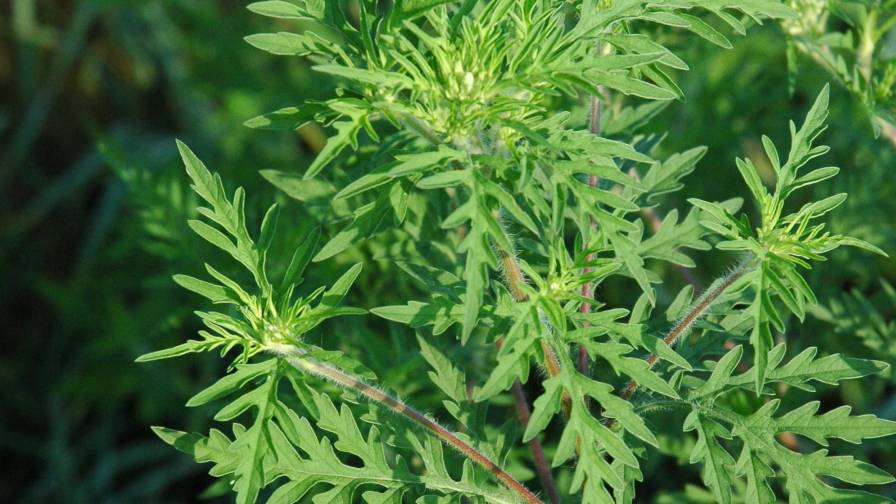Getting Closer To Eliminating Nematodes
Finding and mapping the nematode genome is a big step in the battle against nematodes, which cause an estimated $157 billion in agricultural damage globally every year.
Now, Iowa State University researchers have contributed to the release of the annotated genome of one of the most destructive nematodes: Meloidogyne incognita — the southern root-knot nematode, as reported recently in the journal Nature Biotechnology.
Sequencing the genome is a critical step toward comprehensively understanding how the organism works and may pave the way for research on ways to fight the pest.
"This is considered to be one of — if not the most important — plant-parasitic nematode species across the world," says Thomas Baum, professor and chair of plant pathology and head of Iowa State University’s contribution to the genome sequence project.
Root-knot nematodes are so important because they can be found almost anywhere in the world on almost any plant, he said. Nematodes are the most abundant animals on earth.
Because the pest is so widespread, many nematologists around the world were eager to help with the project. The lead investigator was Pierre Abad of the Insitut National de Recherche Agronomiquea, a French research group, with help from researchers in Belgium, Holland, Great Britain, Switzerland, and Iowa State University and North Carolina State University in the U.S.
Chemical treatments for killing nematodes, called nematicides, are dangerous to humans and other animals so they’ve been restricted in use for decades. Technology for controlling nematodes has advanced little in the past three decades.
With this sequencing done, Baum thinks researchers can now try to understand this nematode. He also cautions that finding ways to control this pest will be a long process.






